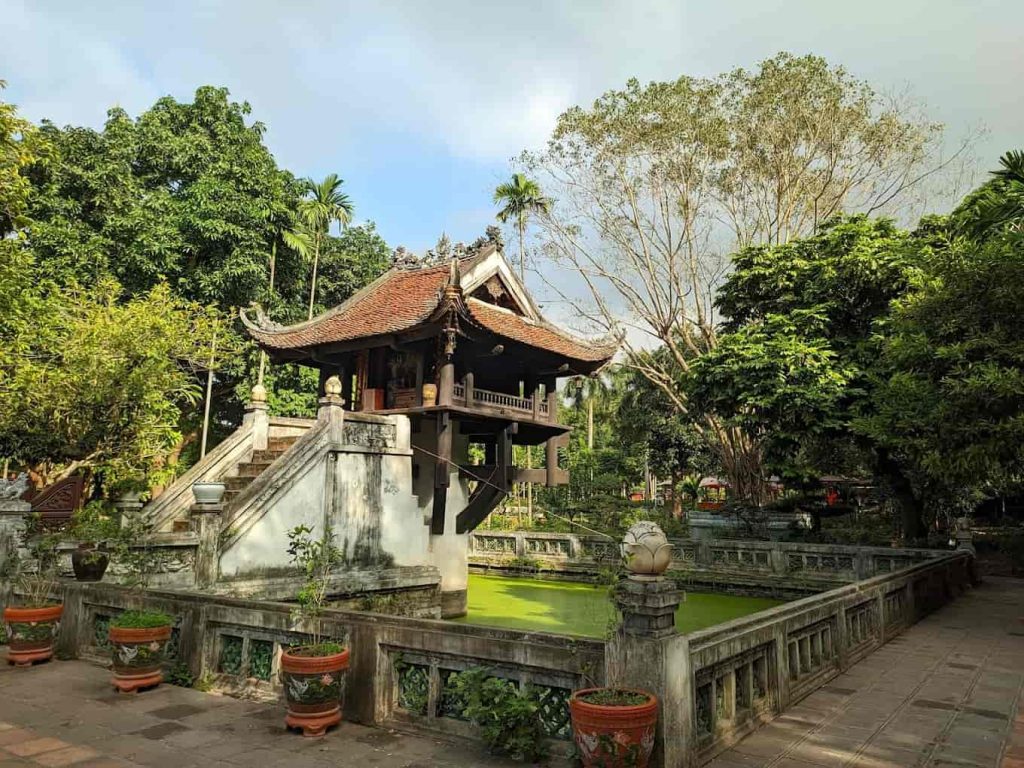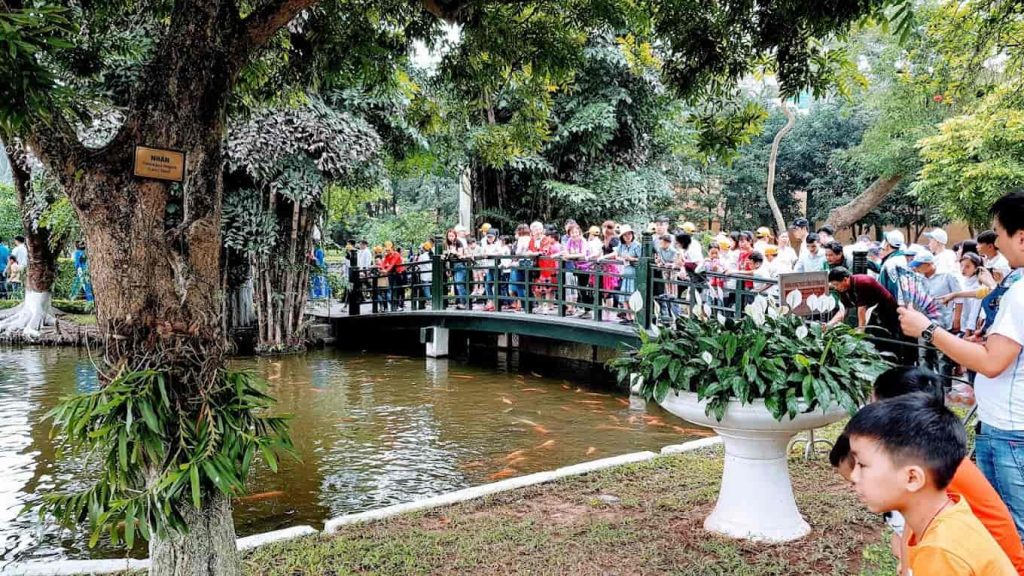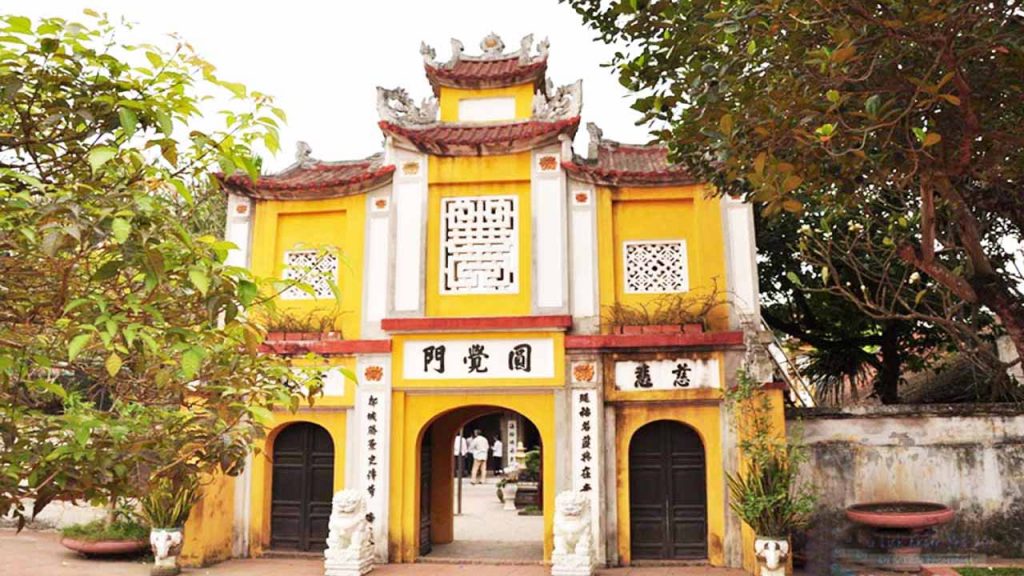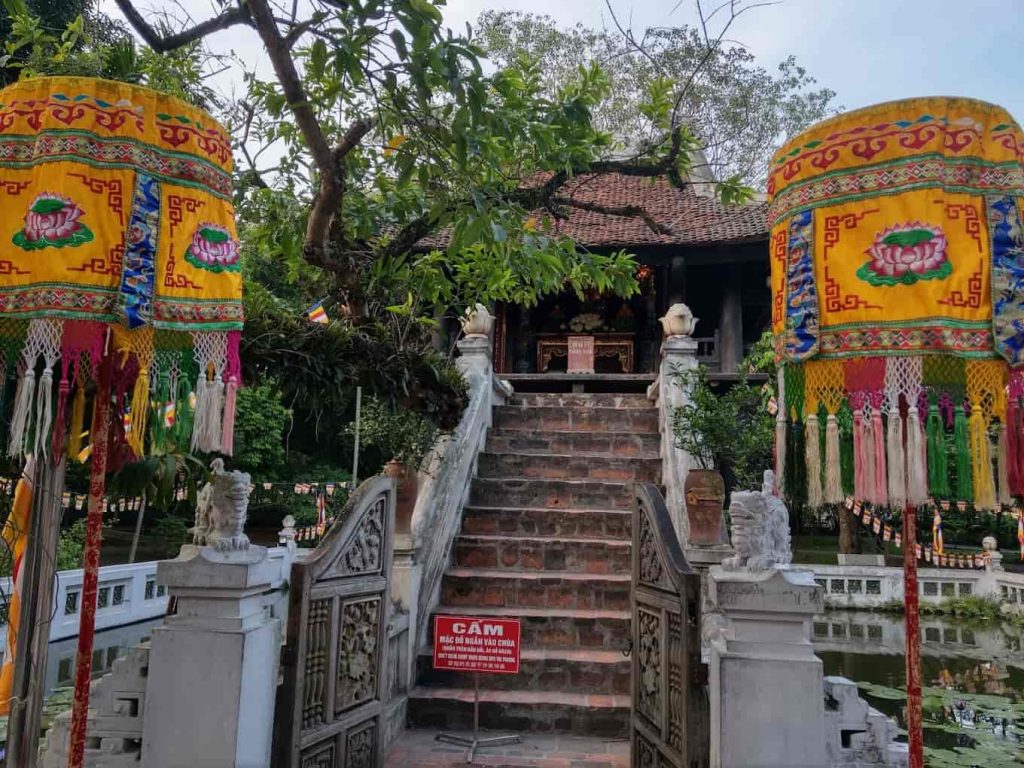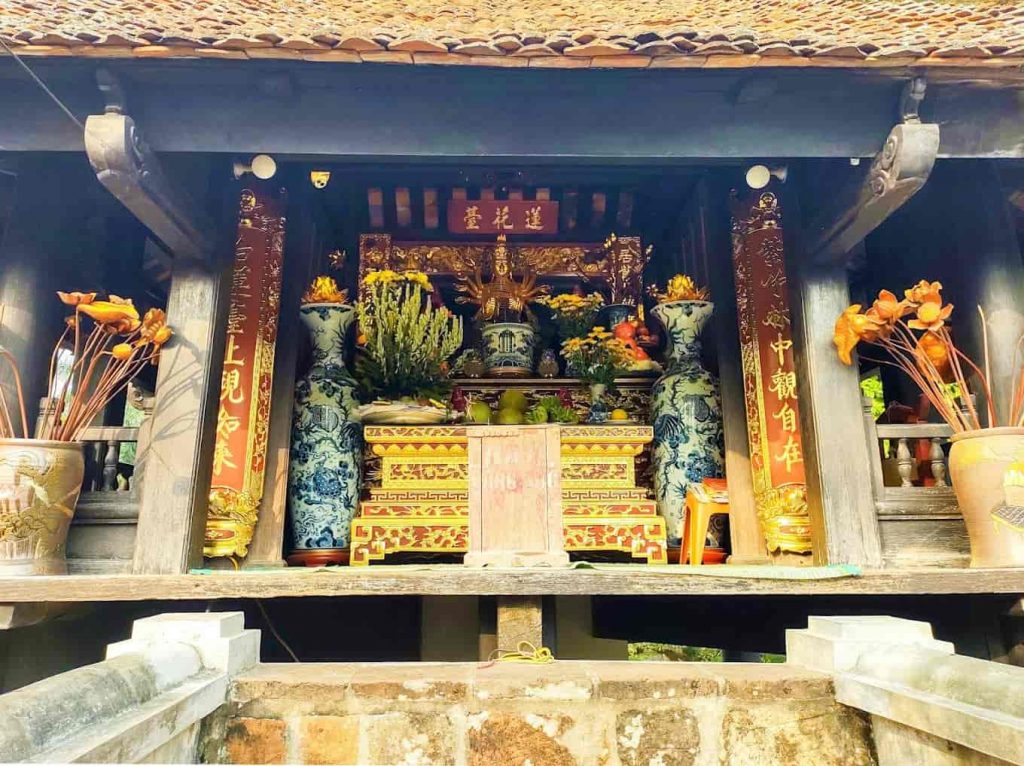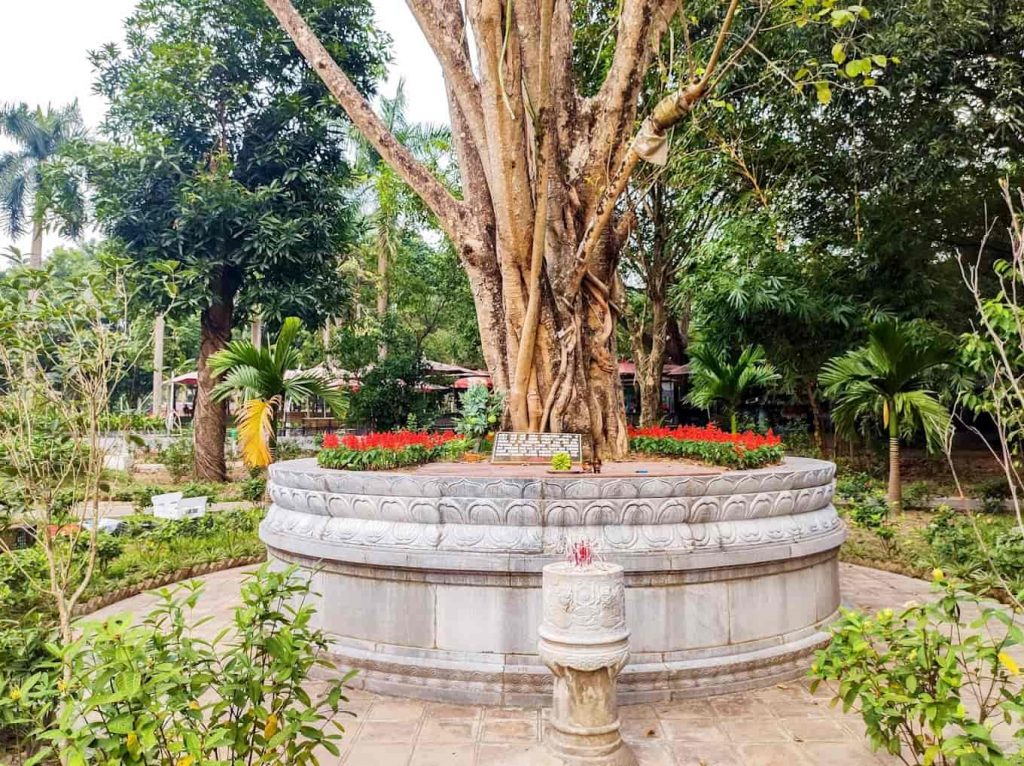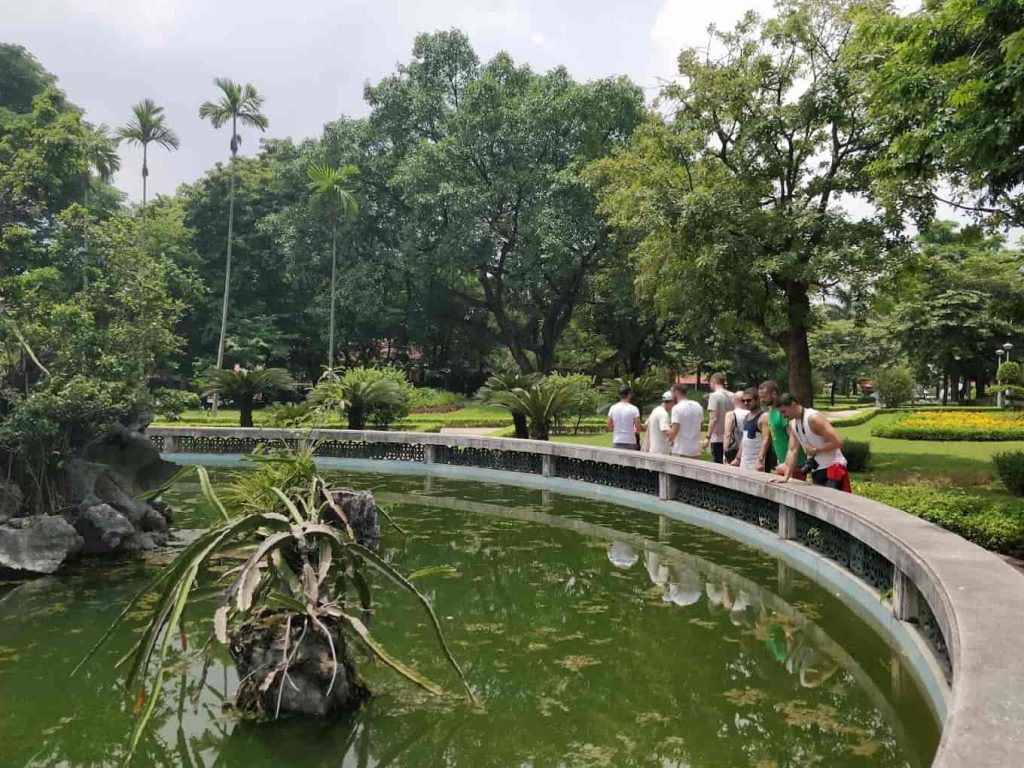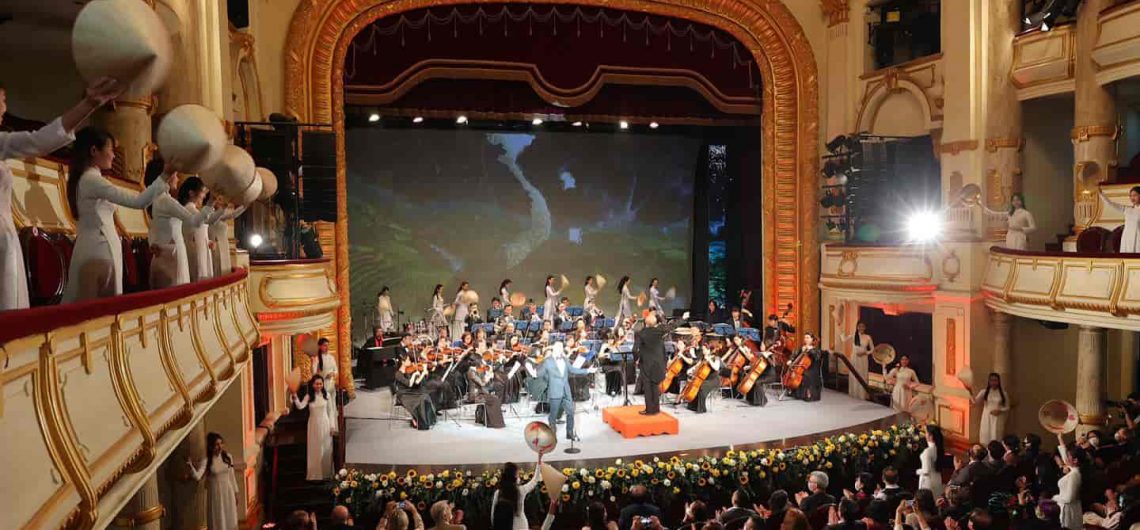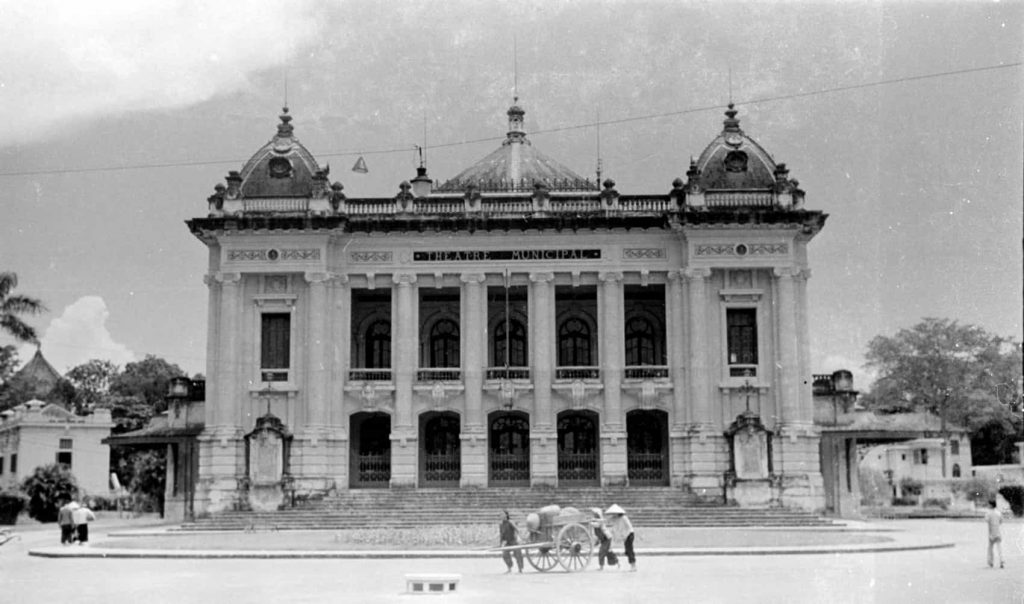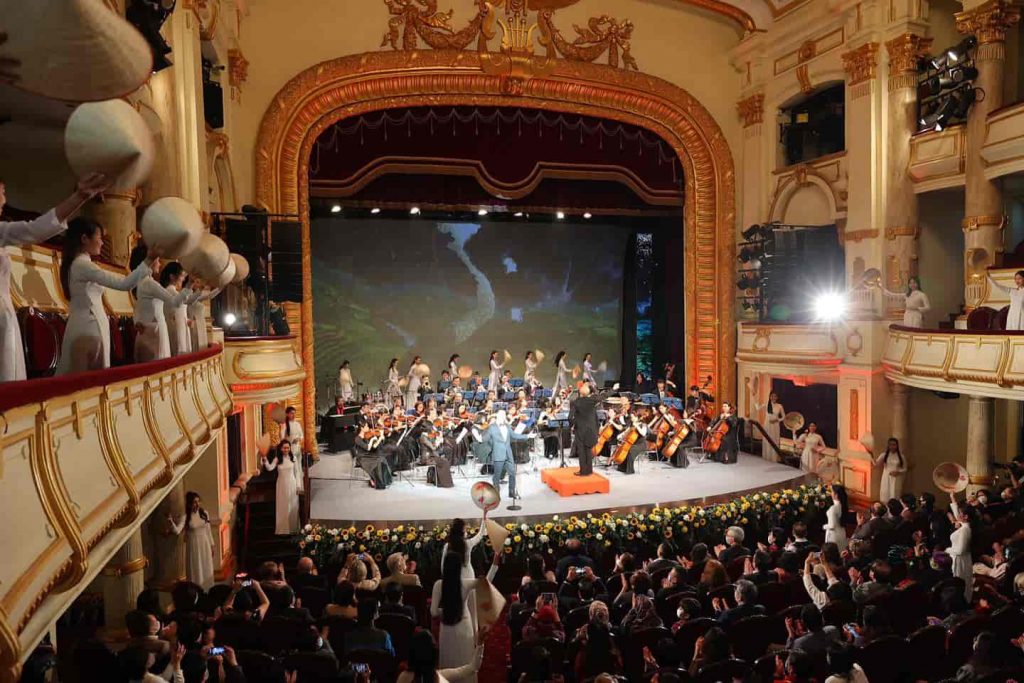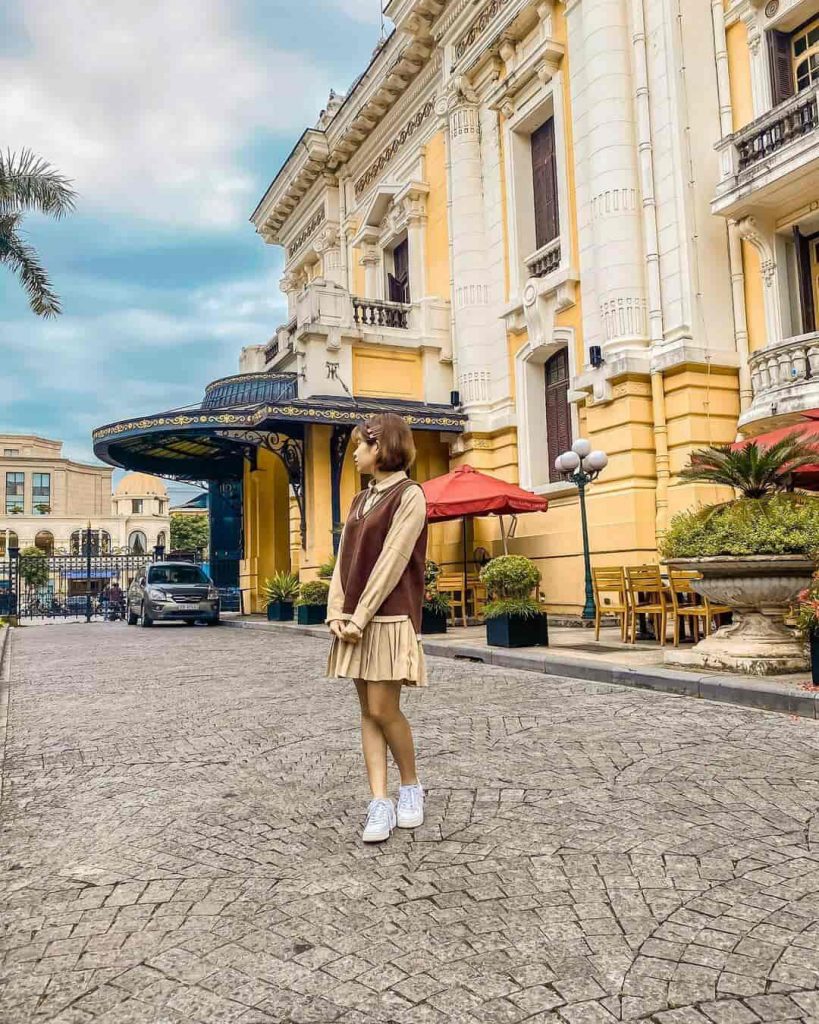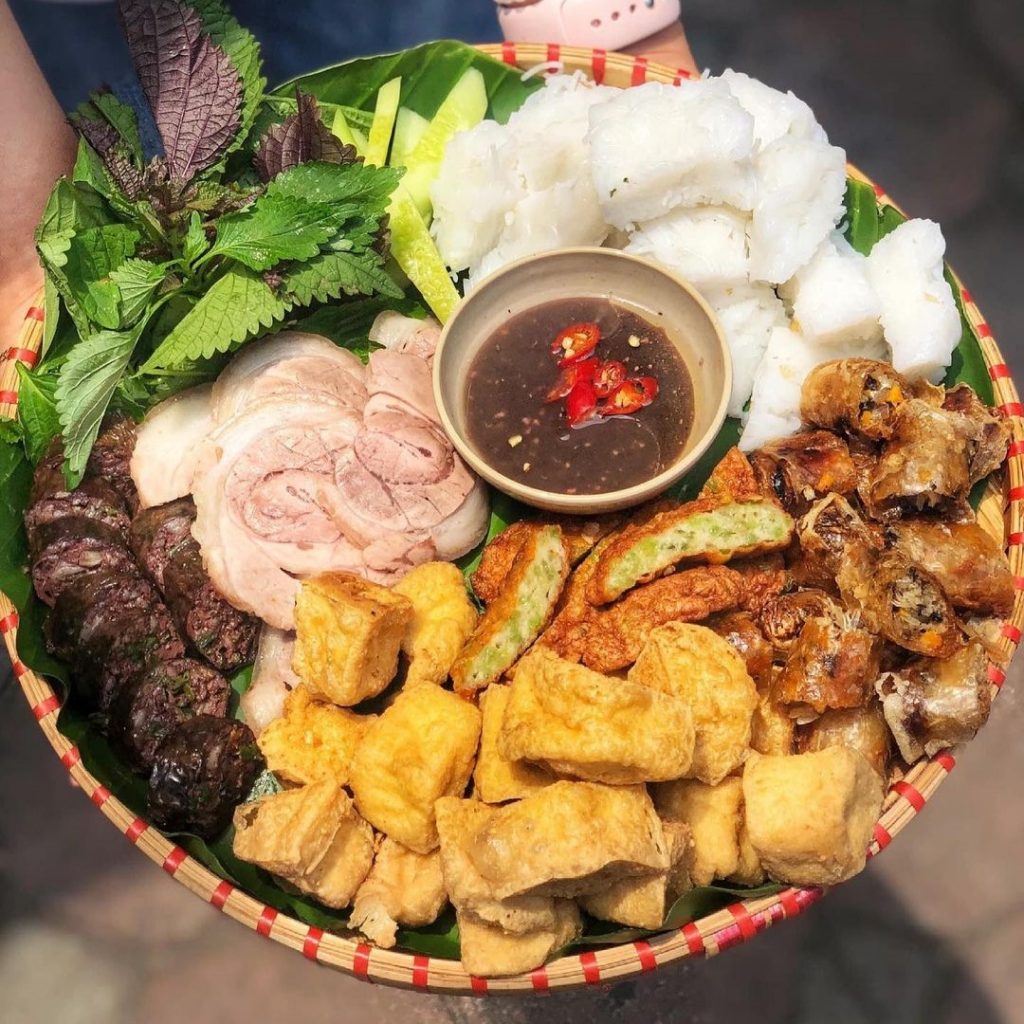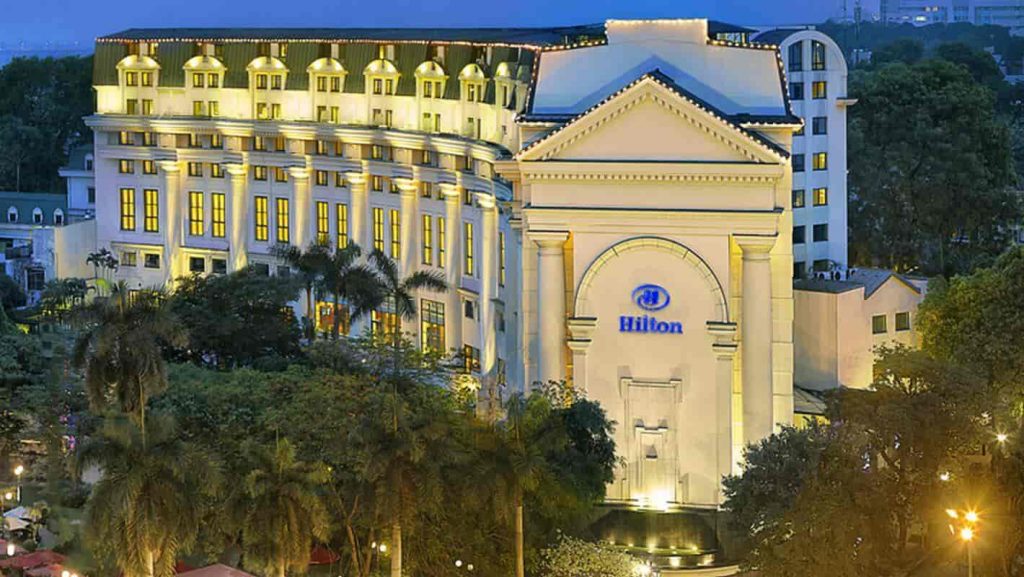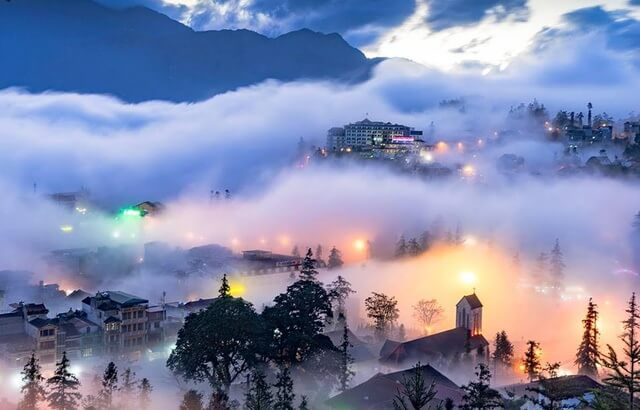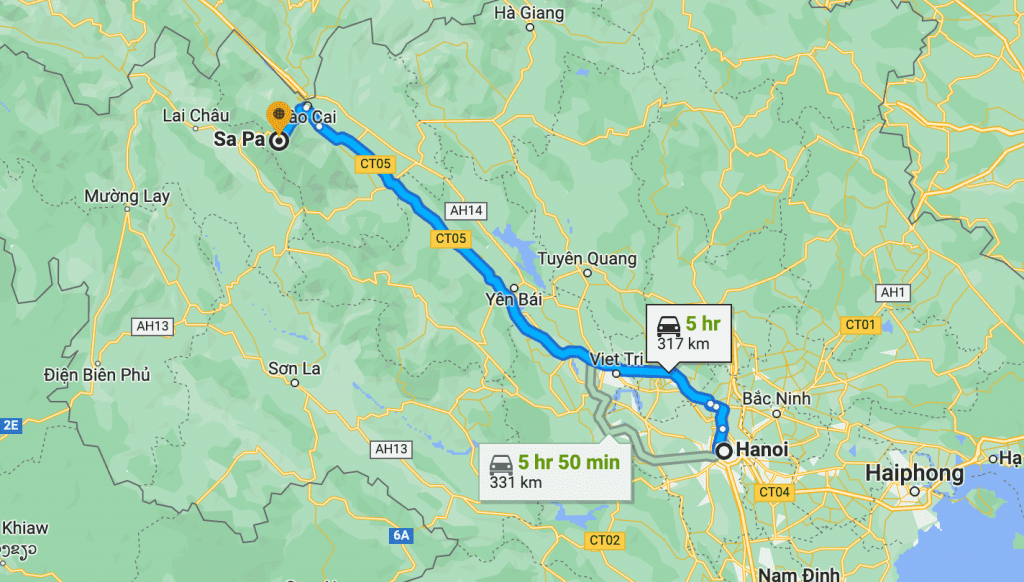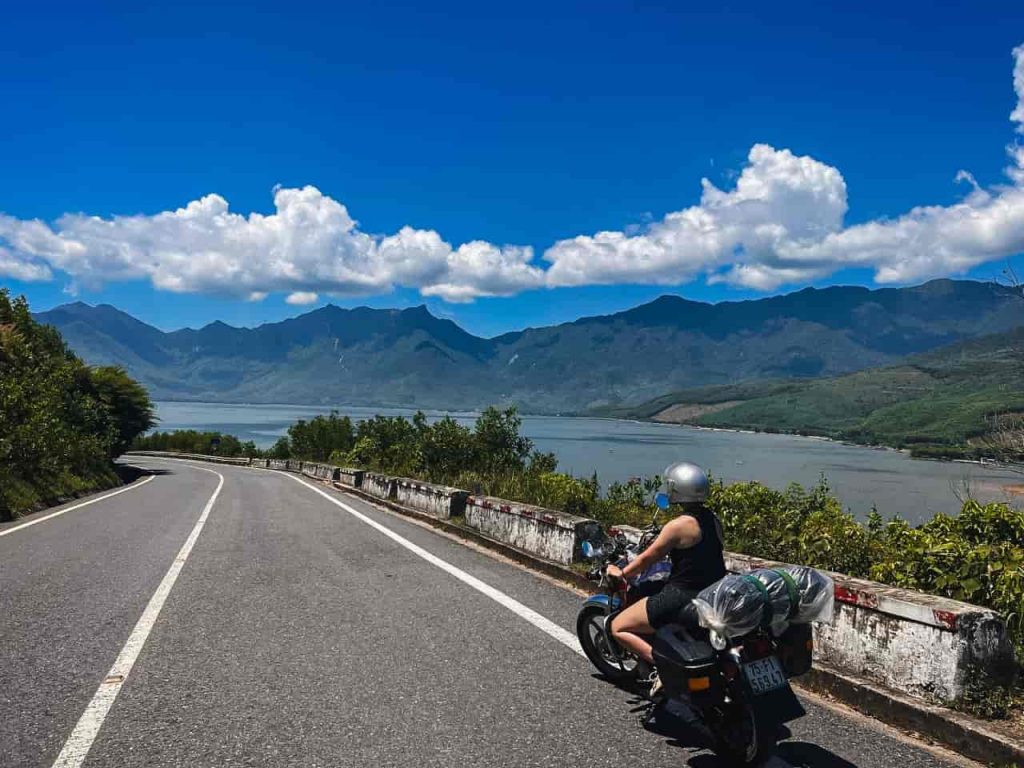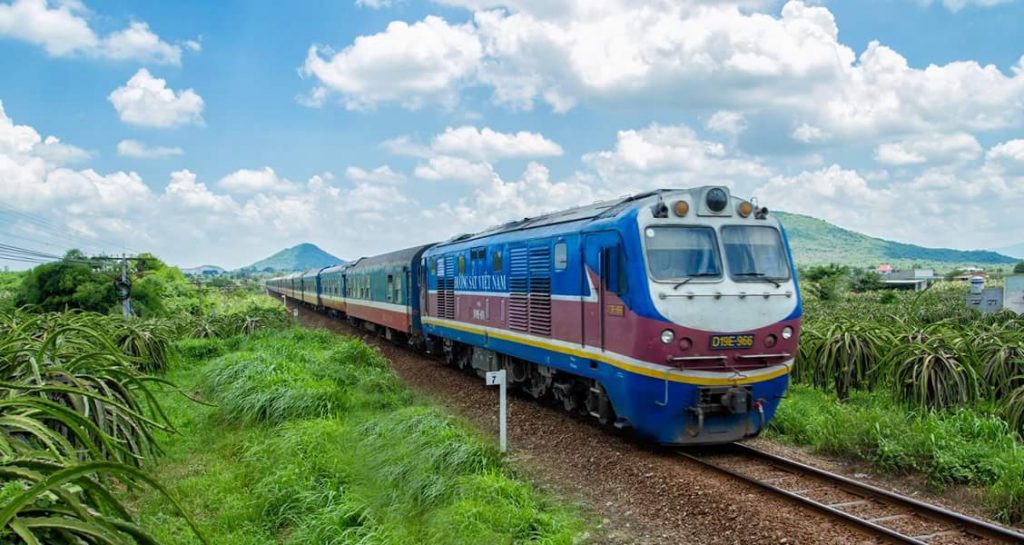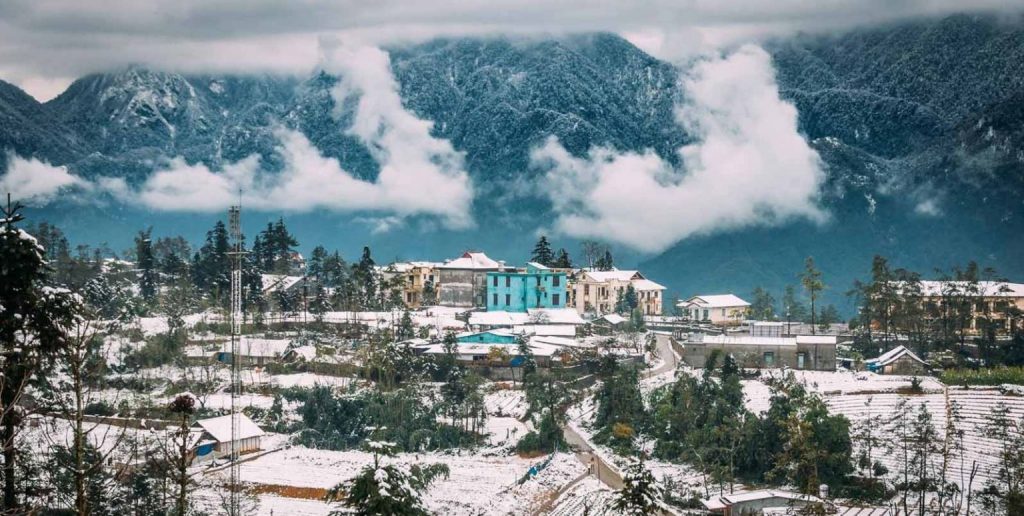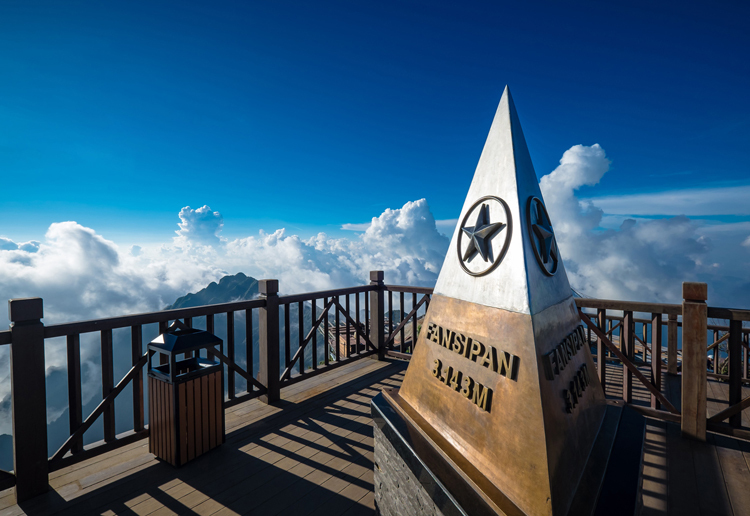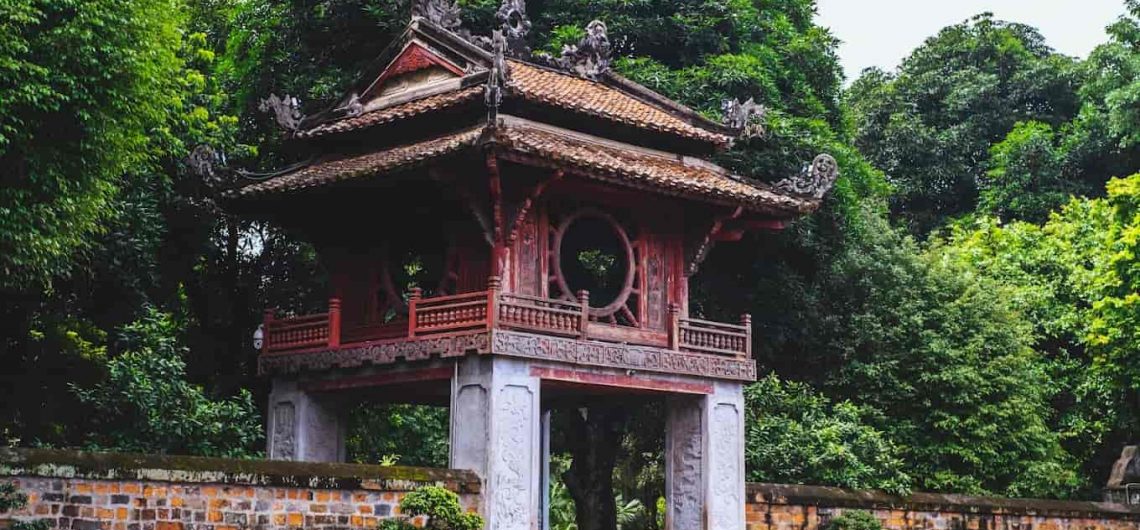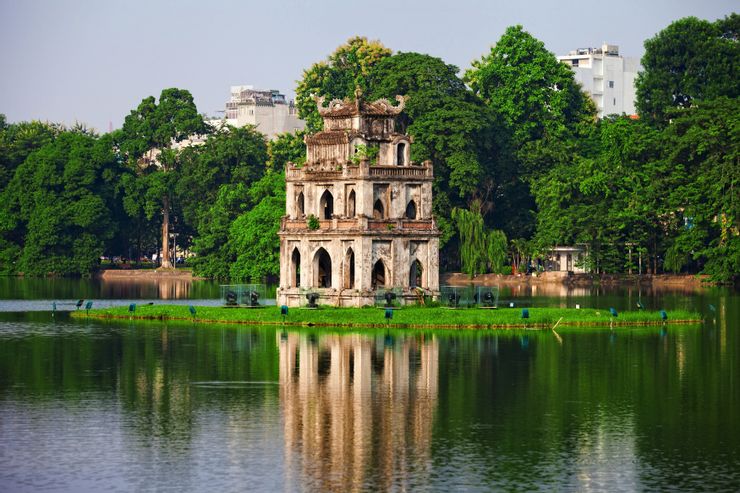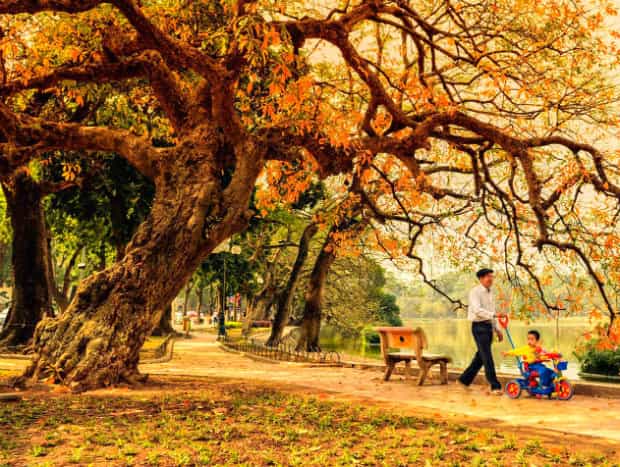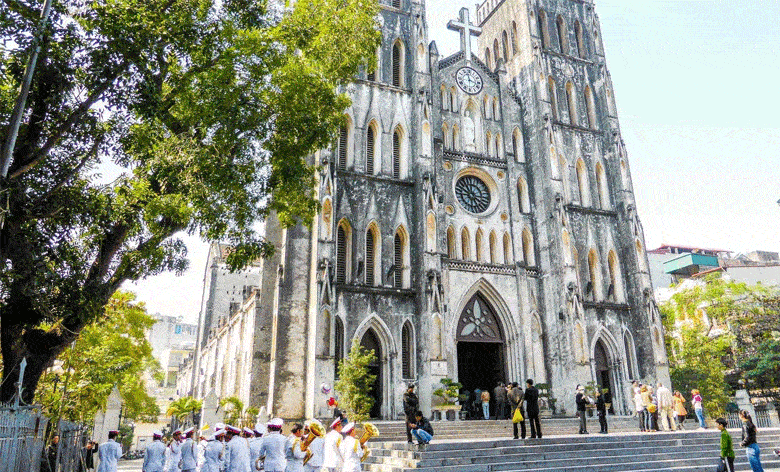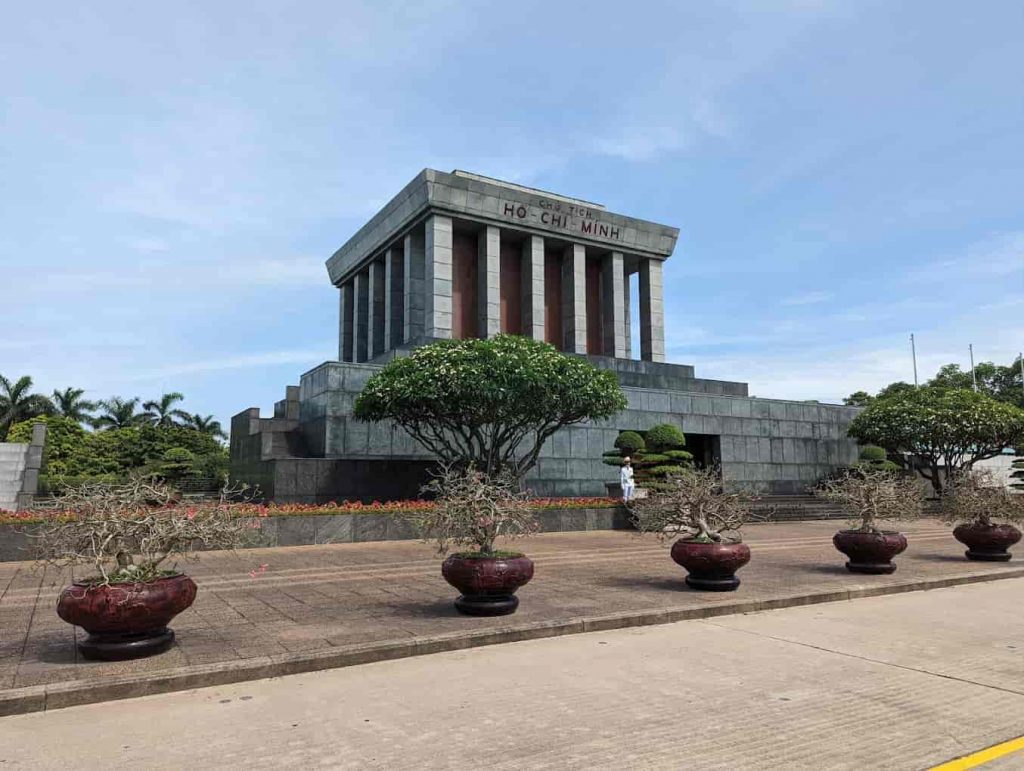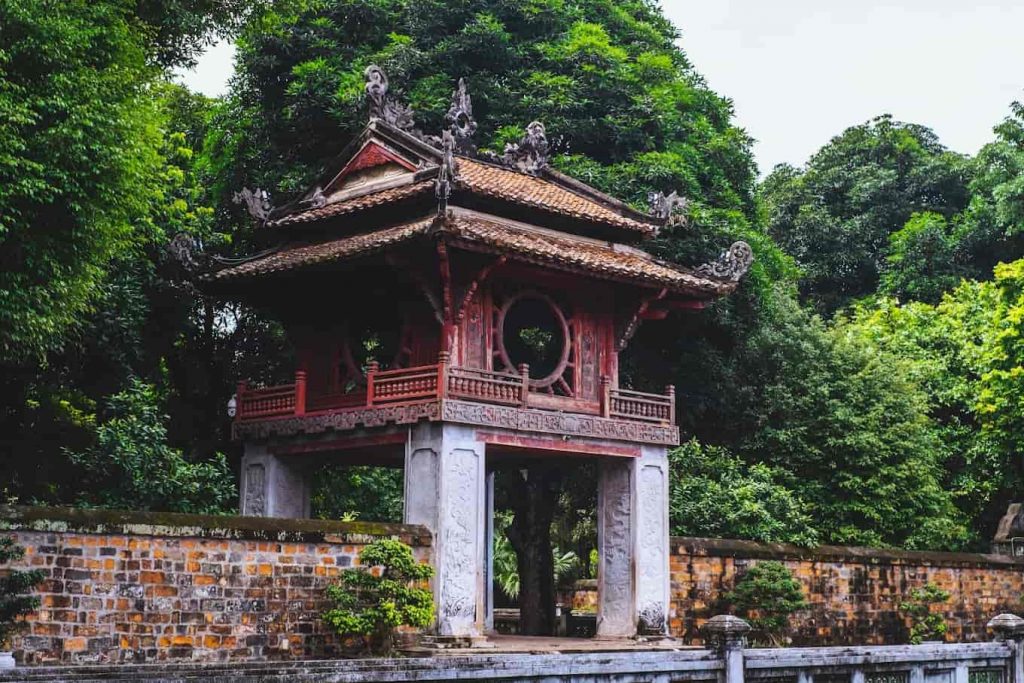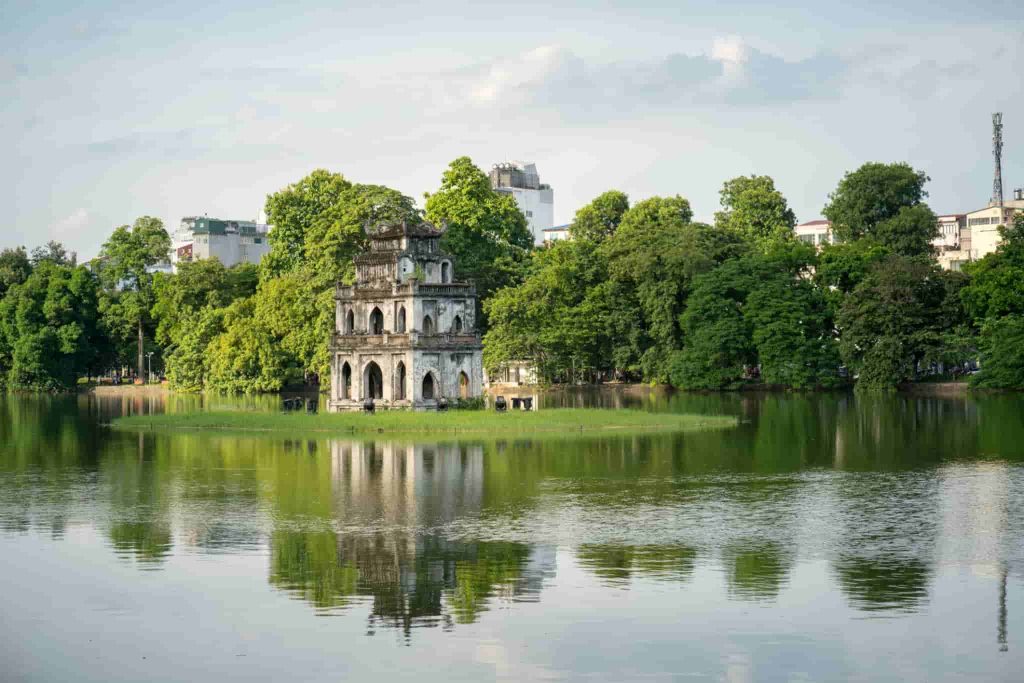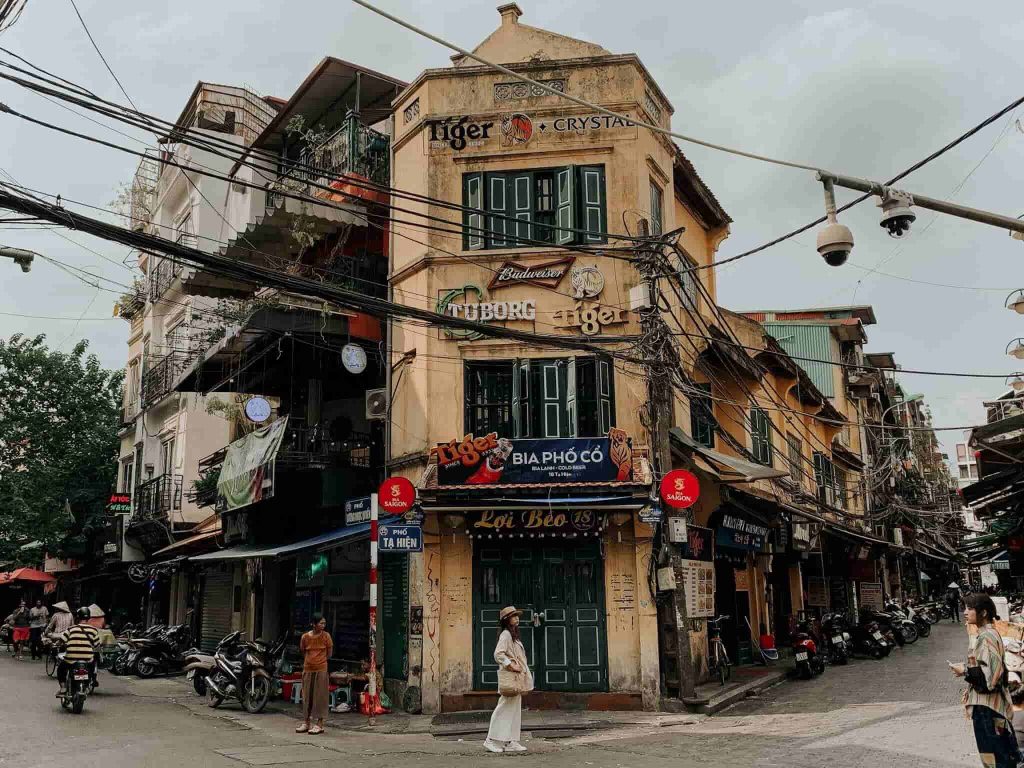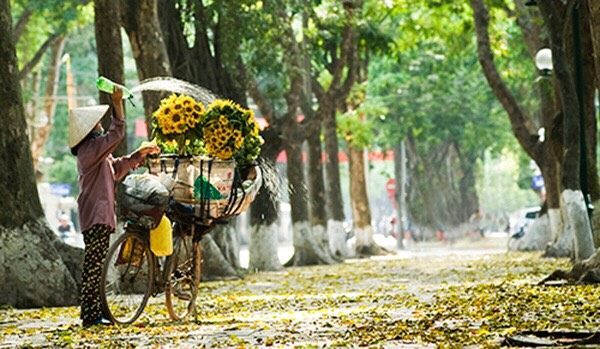Ba Vi National Park is one of the most enjoyable and exciting tourist and outdoor destinations for young people on weekends. If you want to explore this place like a local, you should definitely take note of our Ba Vi National Park experience. Let’s go through them together.
Introduction to Ba Vi National Park.
You can choose to go to Ba Vi by public transportation, such as a bus, but it will take up a significant amount of your travel time. Alternatively, you can use private means of transportation like a car or motorcycle, which will give you more control over your journey.

In recent years, Ba Vi has become a famous tourist destination in Hanoi, attracting a large number of domestic and international tourists, especially students, because of its pristine and majestic natural beauty immersed in a hazy mist.
When to Visit Ba Vi National Park.
Visitors can explore Ba Vi National Park at any time of the year, and each season has its own unique attractions.
For example, in the spring, visitors can attend temple ceremonies and pay homage at Uncle Ho’s shrine.
In the summer, you can enjoy the fresh and cool mountain air.
In the autumn, you can admire wildflowers, perfect for photo opportunities.
In the winter, there are times when the park is covered in snow, providing an exciting experience near Hanoi.
Ba Vi National Park Tourist Map
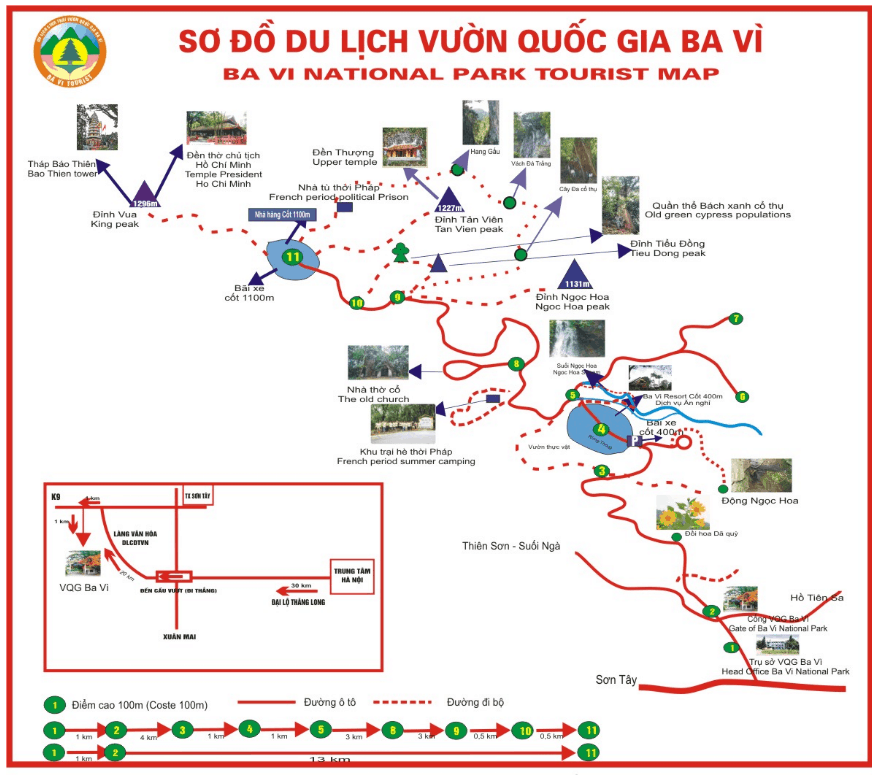
Getting to Ba Vi National Park.
By bus:
- Bus 20B (Cau Giay – Son Tay).
- Bus 71 (My Dinh Bus Station – Son Tay Bus Station).
- Bus 74 (My Dinh Bus Station – Xuan Khanh Son Tay).
- Bus 77 (Yen Nghia Bus Station – Son Tay) to Son Tay Bus Station.
- Then transfer to bus number 110 with the route: Son Tay Bus Station – Ba Vi National Park – Da Chong.
By motorcycle:
For young adventurous travelers who enjoy daring journeys, renting a motorcycle in Hanoi and exploring one of the following routes is a great option:
- Start from Big C Thang Long (Tran Duy Hung, Hanoi) -> travel along Thang Long Avenue for about 30 km -> Hoa Lac Bridge -> 54 Ethnic Culture Village -> Yen Bai Commune -> Tan Linh Commune -> Ba Vi Mountain.
By private car with a driver:
Renting a private car with a driver in Hanoi from DanangPrivateCar.com’s is suitable for larger groups, older adults, and young children, as public transportation can be challenging and tiring. DanangPrivateCar.com’s private car service will provide you with the safest and most comfortable trip.
With a team of professional drivers and years of experience in transporting tourists both domestically and internationally, you’ll have the quickest trip possible. The driver will pick you up anywhere in Hanoi, such as hotel lobbies or Noi Bai Airport, and take you to Ba Vi National Park. While you explore, the driver will wait for you at no additional cost. Transparent pricing, discussed via email in advance, helps you avoid overpricing compared to other transportation options.
If you’re looking for airport transfer services from Noi Bai International Airport to Hanoi city center, book your trip with us. Our quick and cost-effective airport transfer service ensures you reach your destination swiftly without missing your flight, all with transparent pricing.
Ticket Prices for Ba Vi National Park Admission.
(Note: Ticket prices may vary depending on the time.)
Adults: 60,000 VND per person per visit.
Students: 20,000 VND per person per visit.
Schoolchildren: 10,000 VND per person per visit.
Priority tickets for elderly and disabled individuals: 30,000 VND per person per visit.
Parking fee for cars with less than 10 seats: 20,000 VND per vehicle.
Parking fee for cars with more than 10 seats: 25,000 VND per vehicle.
Motorcycle parking fee: 3,000 VND per motorcycle per spot.
Bicycle parking fee: 2,000 VND per bicycle.
Photography service ticket: 600,000 VND.
Tour guide fee: 300,000 – 500,000 VND per tour guide.
Driver’s Attention
45-seat buses are only allowed to ascend to Post 400m.
Vehicles with more than 30 seats are prohibited beyond Post 400m.
What to Do at Ba Vi National Park.
Ba Vi National Park offers a wide range of activities for tourists to explore and experience. Let’s take a look at some of these attractions:
Ba Vi Natural Forest.
Upon entering Ba Vi National Park, you will first have the opportunity to explore the mystical natural forest shrouded in mist. An entire forest of tall, lush green pine trees awaits, allowing you and your friends to capture some incredibly picturesque and Instagram-worthy shots, feeling like you’ve stepped into the fairyland of Alice. Moreover, during the beautiful autumn season when leaves fall, you will witness the entire forest painted in the golden hues of foliage. At this time, enjoying the sight of falling leaves with your loved one couldn’t be more romantic, don’t you think?
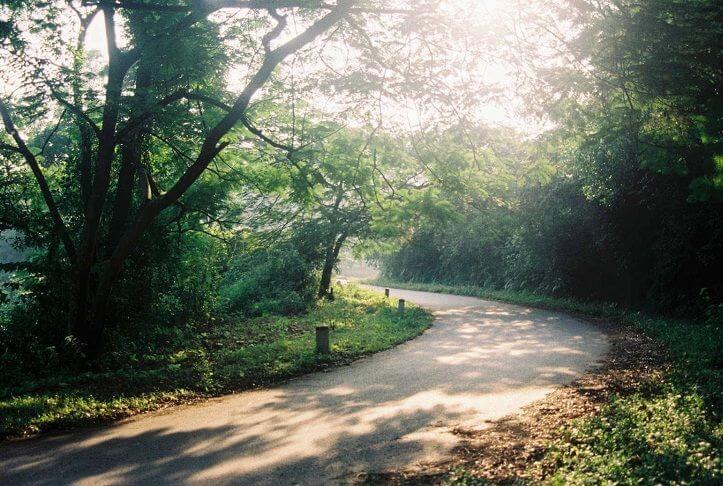
Camping
Ba Vi National Park, located quite close to Hanoi, boasts a cool and pleasant climate with extensive flat areas, making it an ideal spot for camping and team-building activities. You can bring your own camping gear from home or rent it here. However, it’s essential to bring your own food and drinks as it can be challenging to find supplies once you reach the camping areas.
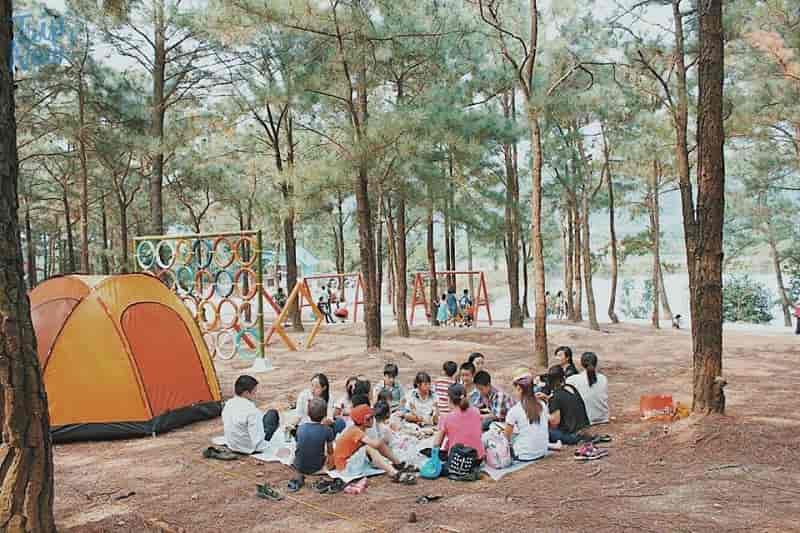
Visit the Dragon Fruit Garden
Just about 1 km from the main entrance, you will find the dragon fruit garden. This garden was originally part of a project that aimed to collect various types of dragon fruit from different locations. However, the project is no longer maintained, and the dragon fruit garden has been abandoned. Recently, it has become a popular spot for young enthusiasts to explore and take photos.

Thien Son – Ngoc Stream.
Upon entering the Ba Vi National Park gate, if you turn left and travel about 5 km, you will reach Thien Son – Ngoc Stream, a place that lives up to its beautiful name. Thien Son – Ngoc Stream is perfect for photography and swimming, offering many picturesque spots. The crystal-clear water flowing down from the mountainside provides a refreshing and pure experience for visitors. It’s a natural landscape of rivers, streams, and majestic mountains that is far removed from the hustle and bustle of the city.
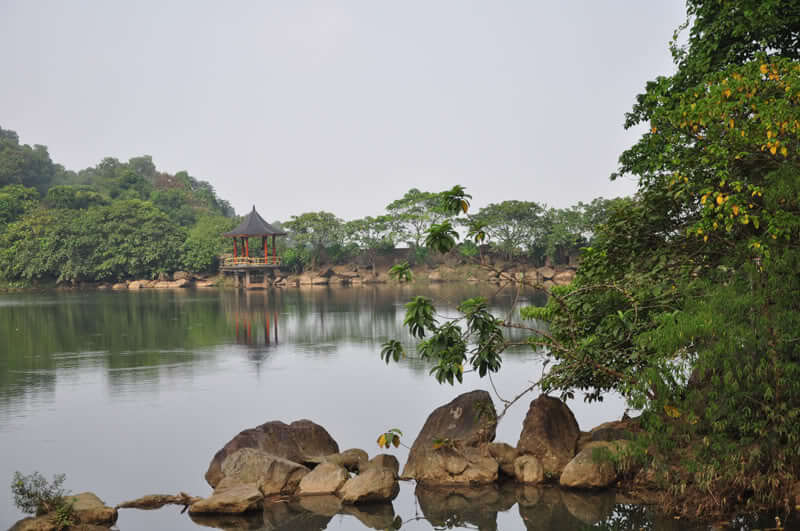
Admire Wild Sunflowers
Wild sunflowers, also known as “hoa cuc quy” or “hoa son quy,” were introduced to Ba Vi by the French in the 1930s. Nowadays, these flowers grow naturally in the lush forests of Ba Vi National Park, and their blooming season typically falls from early November to mid-December each year.

Old Church
Situated at an altitude of 800 meters amid ancient, towering trees, the abandoned old church has lost its roof over the years. The church, with its eerie and mystical atmosphere, stands alone in the midst of the dense foliage. Inside, the cross is still visible, bathed in the soft glow of the setting sun filtering through the windows. This spot is popular among young visitors for checking in and capturing beautiful photos.
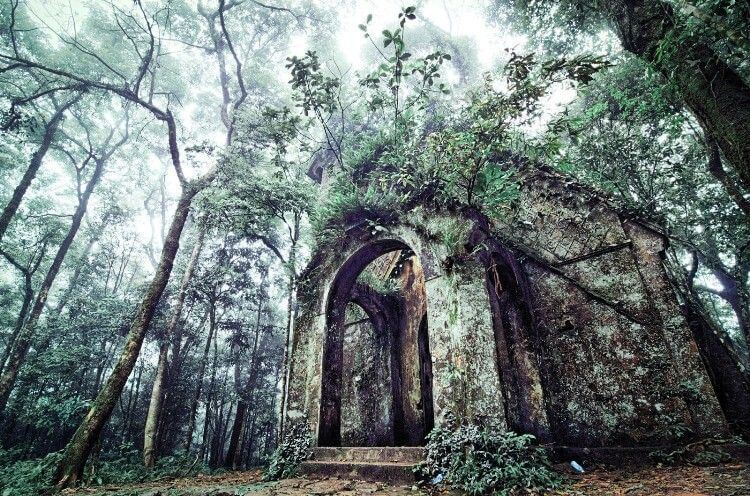
Ho Chi Minh Memorial Temple
This temple features traditional architectural style with eight curved roofs on all sides, supported by round columns on stone pedestals. The temple was built with a sturdy and solemn structure. The main chamber is open, without doors, and inside sits a bronze statue of President Ho Chi Minh in a seated position. Above the altar is the famous inscription: “Nothing is more precious than independence and freedom.”
Sky Gate (Bao Thien Tower)
Located near Ho Chi Minh Memorial Temple at the summit of Ba Vi Mountain, this tower was completed in 2010 to commemorate the 1,000th anniversary of Thang Long – Hanoi.
Upper Temple
According to legend, to build the Upper Temple, the feudal state had to mobilize a vast labor force on both sides of the Da River, with people joining hands to transport construction materials from the Da River to the peak of Tan Mountain to build the temple.
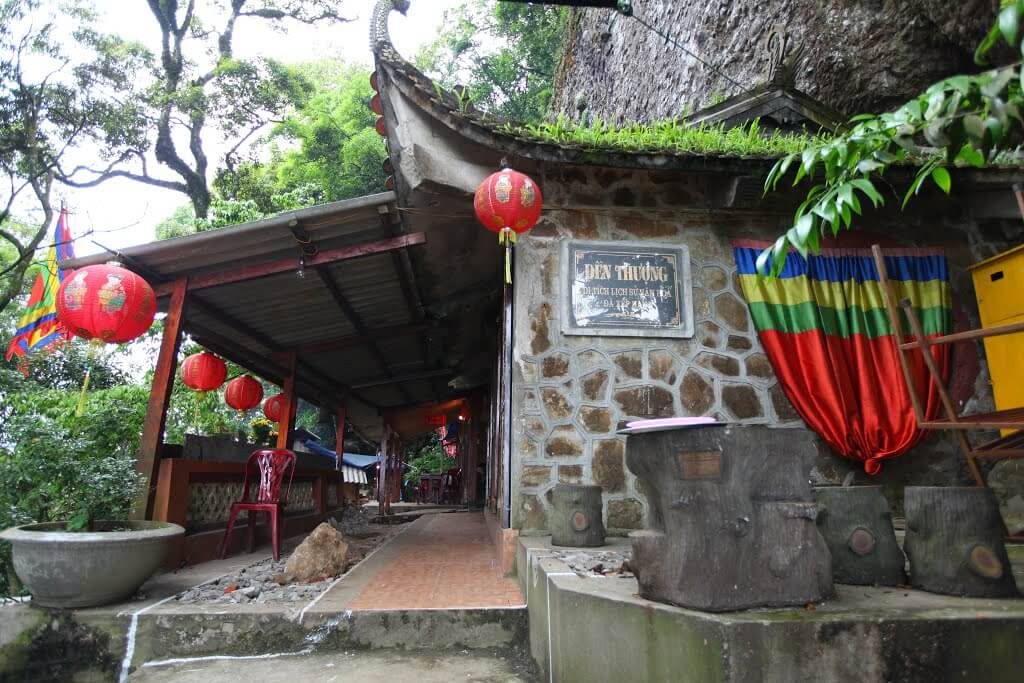
Eating Experience at Ba Vi National Park.
In the picturesque mountainous region of Ba Vi, it’s incredibly easy to find delicious local specialties to satisfy your taste buds. Here are some mouthwatering dishes you can enjoy:
- Sticky Rice (Xôi nếp nương)
- Stream Fish (Cá suối)
- Free-Range Chicken (Gà chạy bộ)
- Field Crab Soup (Canh cua đồng)
- Bitter Bamboo Shoots (Măng đắng)
- Water Spinach (Tau lang), Swamp Cabbage (rau ngót), and Water Morning Glory (rau sắng)
- Wild Boar (Lợn rừng)
- Game Meat: Porcupine, Birds, and more…
Alternatively, tourists can dine at restaurants located at Post 400 and in the culinary street at the foot of Ba Vi National Park.
Some Important Notes.
The road to Ba Vi is quite high and steep, with many sharp turns, so be sure to drive carefully. On cold days, especially in the evening, there may be fog, so be cautious, especially on the stretch of road from Post 400m to Post 1100m. Note that 45-seat buses are only allowed to go up to Post 400m, and vehicles with more than 30 seats are not allowed to operate beyond Post 400m.
In case you need assistance, here are some important contacts:
- Mobile Forest Rangers Station: 0987165113 – 0913301038
- Search and Rescue Center: 0966173119 – 0963871996
If you plan to camp and barbecue, be extremely careful with open flames, especially during hot summer and dry weather conditions. Place your barbecue equipment on the outskirts of the forest, and avoid setting fires in the middle of the woods, as a forest fire can easily occur if not careful.


